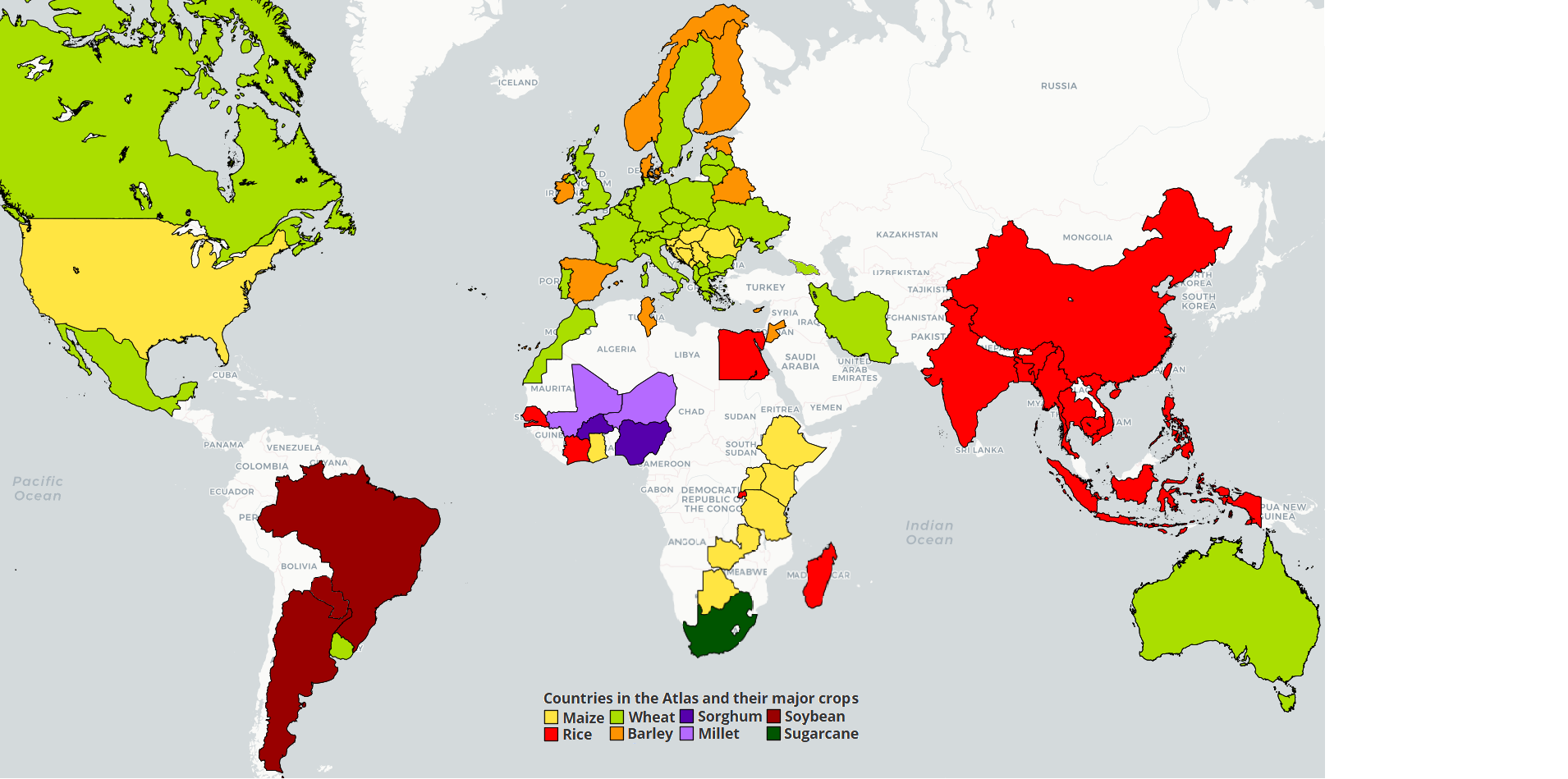 Côte d'Ivoire
Côte d'Ivoire
Côte d'Ivoire is centrally located along the southern coast of West Africa. The country has two principal zones: the tropical rainforest (or warm humid tropics) to the south and the savanna (or warm subhumid tropics) to the north1, 2). Agriculture accounts for 24% of GDP in 2016. The total population was estimated at 23.8 million people in 2017, whereas agriculture employs 48% of its population3). Côte d'Ivoire is among the world's largest producers and exporters of coffee, cocoa beans, and palm oil. The main food crops are rice, yam, cassava, plantain, and maize. They are grown, predominantly by smallholder farmers under rainfed conditions. Rainfed lowland and upland rice account for 33 and 64% of total rice area, respectively. Their productivity is generally low (2016)4). Côte d'Ivoire depends heavily on imports for rice. After food crisis occurred in 2007-2008, the government has been strongly supporting rice sector development5).
|
| Area harvested (ha) | Yield (t/ha) | Production (t) |
| Yams | 993,453 | 6.0 | 5,952,685 |
| Rice, paddy | 703,413 | 2.5 | 1,768,121 |
| Cassava | 505,876 | 6.3 | 3,210,614 |
| Plantains and others | 420,950 | 3.8 | 1,589,643 |
| Maize | 344,126 | 2.0 | 680,800 |
Reference
- https://ricepedia.org/index.php/cote-d-ivoire - website not available
- https://harvestchoice.org/maps/agro-ecological-zones-sub-saharan-africa
- https://tradingeconomics.com/ivory-coast/employment-in-agriculture-percent-of-total-employment-wb-data.html
- https://www.fao.org/faostat/en/
- https://riceforafrica.net/old-site/downloads/NRDS/Cote_dIvoire_en.pdf
Get access to the Atlas for advanced users
Download GYGA results
 | Please read the license information in case you are interested in using the data from the Global Yield Gap Atlas. |
| read more>> |

